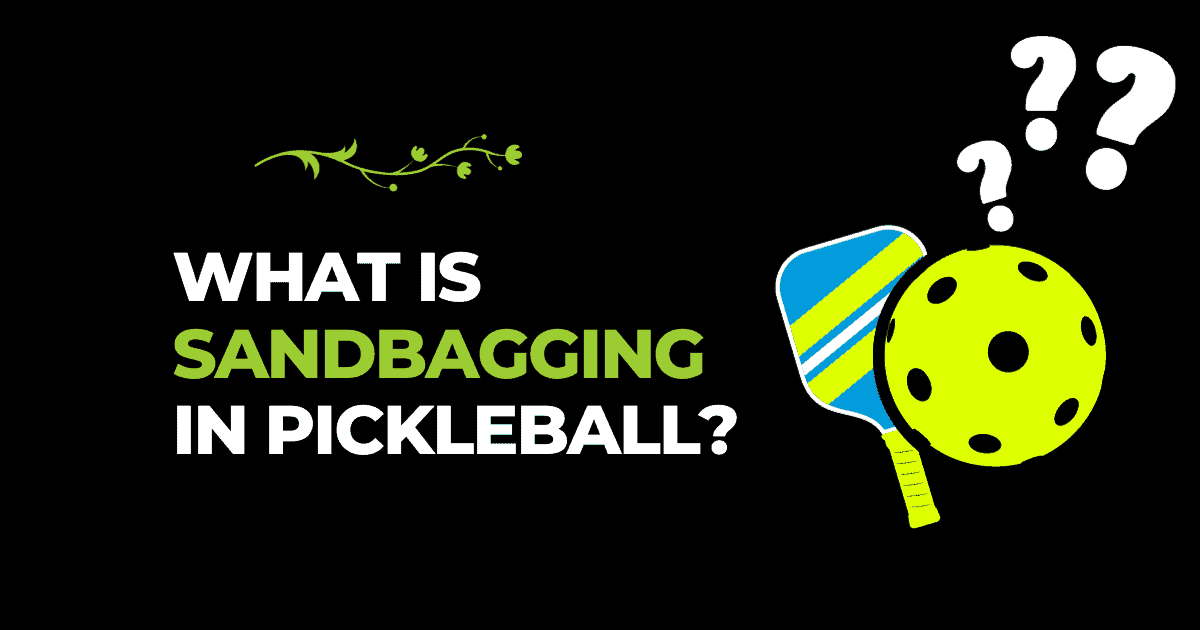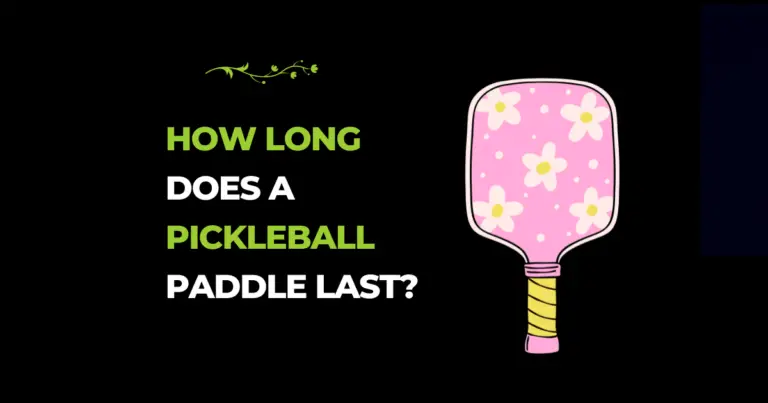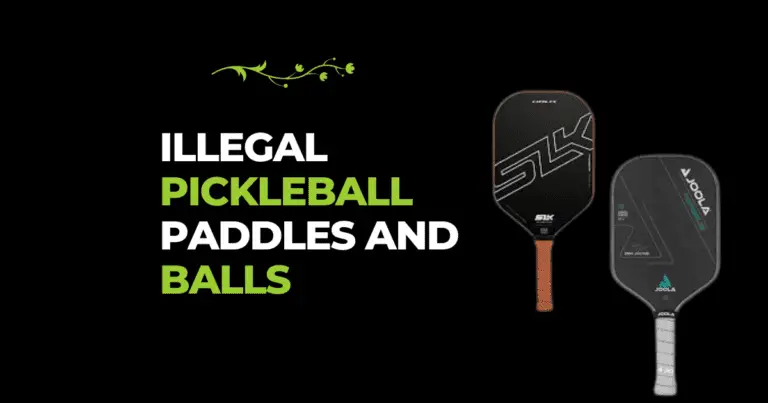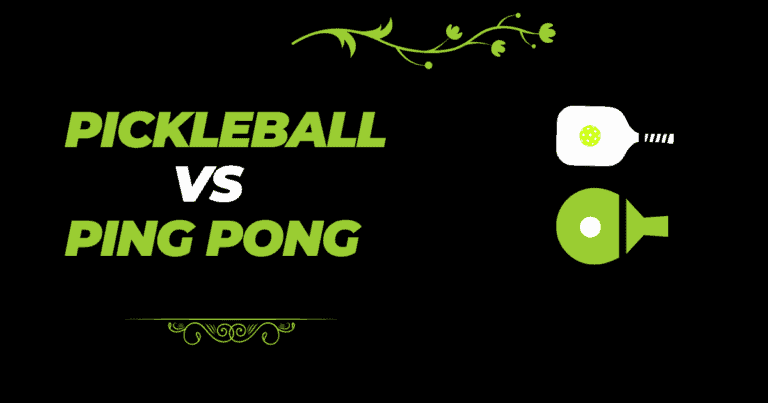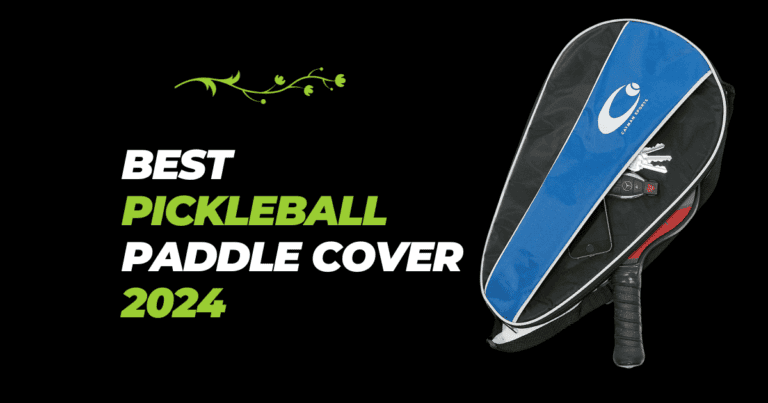Last updated on: September 20, 2025
You know when you’re playing pickleball and your opponent is way better than you thought? 😱 They’re crushing their serves and returns, easily running down every ball. Chances are they sandbagged you! 😅 But what exactly does this term mean and why is it so controversial in the pickleball community? 🤔 Let’s find out:
What is Sandbagging in Pickleball?
Sandbagging refers to players who intentionally lower their skill level rating to be placed into a bracket or division below their actual ability. It’s a form of bracket manipulation where skilled players act as newbies or intermediates to dominate lower-ranked opponents.
Some common signs that a player may be sandbagging:
- Purposely making unforced errors and missing easy shots
- Failing to return serves or serves directly at the player
- Not running for shots within reach
- Generally playing with low effort and intensity
This allows them to fly under the radar in early-round play. But when it comes time for medal rounds, the sandbagger will suddenly display their true talent. This gives them an unfair advantage over opponents who rightfully belong in that skill bracket. 😠
Why Do Players Sandbag in Pickleball Tournaments?
There are a few motivations behind sandbagging:
- Winning prizes: By competing in a lower division, experienced players have a better chance of winning gold and taking home cash or other prizes.
- Ego boost: Dominating less-skilled players can give sandbaggers an ego boost and a sense of satisfaction at pulling one over on others.
- Hiding identity: High-level players may sandbag to avoid drawing attention from rivals scouting them or fans asking for autographs.
- Less pressure: Playing in a lower bracket involves less pressure which some players find more enjoyable.
Impact of Sandbagging on Other Players
Sandbagging has a very real negative impact, particularly on newer players who get discouraged from losing to opponents who should be in a higher skill bracket. It ruins the spirit of fair competition and advancement that tournament play is meant to foster.
Some effects of sandbagging include:
- Frustration and decreased morale – Legitimate newbies don’t understand why they’re losing to seemingly non-professional players.
- Lower medal count – Players who deserve a medal can get knocked out early by sandbaggers.
- Slower skill development – Less experienced players don’t get challenged properly to improve.
- Injuries – beginner risk injuries trying to return shots from much stronger sandbaggers.
Penalties and Rule Enforcement
Most pickleball tournaments and leagues have implemented measures to deal with sandbagging by way of penalties, forfeits, and skill rating corrections.
- Rating changes – Players proven to sandbag may get their rating increased immediately by a significant margin.
- Match forfeiture – Known sandbaggers face automatic match losses if playing below their ability level.
- Prize ineligibility – Players caught sandbagging may be barred from receiving tournament prizes and awards.
- Suspensions – Repeat offenders run the risk of being suspended or even permanently banned from competition.
How to Spot Possible Sandbagging
While it’s impossible to know for sure if someone is sandbagging, there are some clues to watch out for beyond making silly unforced errors:
- They have an exceptionally low rating given their shot-making abilities.
- Their shots lack consistency – a mix of great and awful.
- They show sudden drastic improvement during a match.
- They exhibit poor sportsmanship and appear disinterested in friendly interaction.
- They seem to care much more if they win vs. having fun.
Ethical Pickleball Play
At the end of the day, sandbagging goes against the very spirit of pickleball as a fun, welcoming, community-based sport. If you witness potential sandbagging, speak up respectfully to the player first before filing a formal complaint. Protect the integrity of your beloved sport by promoting ethical play, positive attitude, and good sportsmanship at every level. Keep raising the pickleball bar higher, not lower! 🥎😊

FAQ about Sandbagging
Here are answers to some frequently asked questions about the controversial practice of sandbagging in pickleball tournaments and leagues:
Q: Is sandbagging considered cheating?
A: While often frowned upon, sandbagging itself doesn’t explicitly break rules. But intentionally throwing games violates fair play standards.
Q: Can sandbagging be proven if a player claims to just be having a good day?
A: Unless the player blatantly throws points, it’s difficult to prove intent. But suspiciously inconsistent play is a red flag.
Q: What are signs a player is sandbagging?
A: Making silly errors, failing to run for reachable shots, low effort levels, and sudden jumps in ability are potential indicators.
Q: What are the consequences for players caught sandbagging?
A: They may get rating increases mid-tournament, match forfeiture, prize ineligibility, and full suspensions for repeat offenses.
Q: Is sandbagging more common in certain skill levels?
A: Yes, more prevalent in 3.0 and 3.5 levels where winning medals and prizes is within reach for higher skilled players.
Q: Should newer players call out opponents for sandbagging?
A: As a beginner, avoid confrontation. Report any suspicions calmly to referees or tournament directors for proper handling.
Table summarizing key information on sandbagging in pickleball:
| What is Sandbagging? | Players pretending to be at a lower skill level to dominate opponents in that bracket |
| Why Do Players Sandbag? | To easily win prizes, boost ego, avoid attention, feel less pressure |
| Negative Impacts | Frustration, decreased morale, fewer medals, slower development, injuries for legit players |
| Signs of a Sandbagger | Making silly errors, inconsistent shot-making, sudden boosts in ability, poor sportsmanship |
| Deterrents & Penalties | Rating changes, match forfeiture, prize ineligibility, suspensions |
| Ethical Play | Report suspected sandbagging but focus on fun, fair play, positive community spirit |

